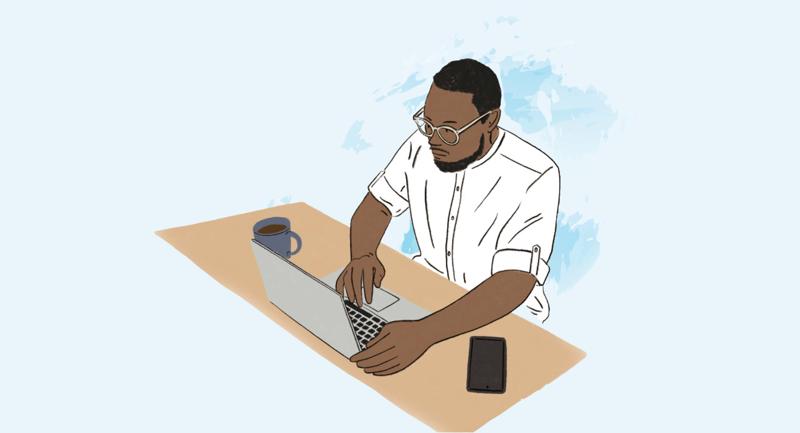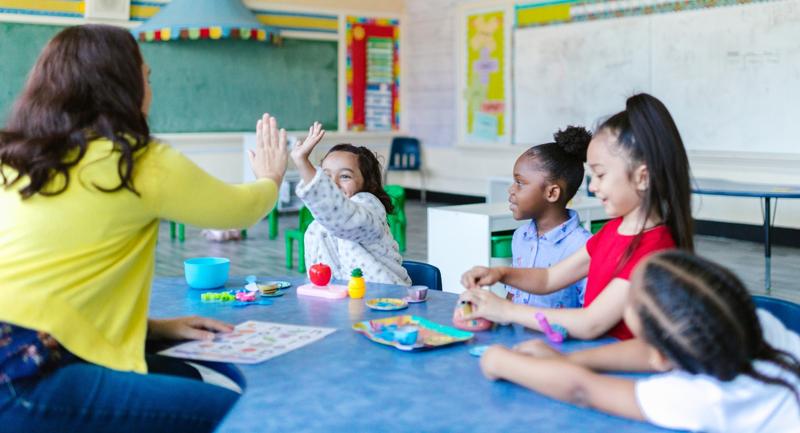Bias comes in all shapes and sizes. Head over to Harvard’s Project Implicit site, and you’ll find free tests to surface your unconscious attitudes and beliefs about weight, age, disability, race, religion, and even presidents.
While these are just one dimension of how our thinking can be skewed, there are other less-talked-about biases that also impact learning systems—like perceived-ability bias and false choice fallacy. These biases can creep into everything from a leader’s decision making (continuing to fund a questionable intervention program for fidelity’s sake) to a district’s hiring practices (favoring candidates from traditional teaching backgrounds) to a school’s grading approach (rewarding compliance over content mastery). When biases go unchecked, school cultures and student learning become collateral damage. Stereotype-driven discipline policies, low expectations, and opportunity gaps hinder academic growth and engagement.
As readers will notice, this issue of Educational Leadership doesn’t belabor the point that we all exhibit biases. (We do.) Instead, the articles jump straight to constructive strategies for (1) identifying the biases that permeate individual practice and schools at-large, and (2) mitigating their impact on teaching and learning.
By approaching teaching and learning with greater awareness—and interrupting patterns that surface—we give students a real chance of reaching their potential.
For example, the EQUAL Methodology, developed by Michelle Chanda Singh, can help educators cultivate classrooms that “truly honor each child.” The framework describes how to evaluate self-awareness; qualify traditional curriculum; uplift nontraditional skills; activate community relationships; and leverage balanced grading. Such frameworks guide educators in delivering instruction that fully engages students in their own learning.
As Singh emphasizes, it’s crucial to recognize the filters through which we see and judge students. Perceived-ability bias, for example, shows up when we “guess” students’ potential based on first impressions or brief interactions. We usually don’t get it right. “People are notoriously bad at determining ability and predicting potential,” writes Superintendent Teresa Hill. Plus, when we label a student or group of students as “bright” and “high” or “struggling” and “low,” those labels inform the way instruction is delivered. It’s a “self-fulfilling prophecy,” Hill says.
This can be particularly damaging in math, suggest Ron Martiello and Jenna Mancini Rufo. Categorizing students as “math people” or “not math people” not only influences how high (or low) teachers set the bar, but also how confident students are in their own abilities. It diminishes engagement and empowerment in a subject that is essential to students’ futures.
While several articles address bias in classrooms, Wayne Hickman examines it in leadership. He identifies thinking traps that cloud decision making, such as in-group favoritism (gravitating toward people who remind us of ourselves) and confirmation bias (seeking out and accepting only evidence that supports our existing beliefs).
To mitigate such biases, actively and simultaneously consider both your personal perspective and the bigger picture, advises Hickman. “For a principal, this practice might look like intentionally pausing before making key decisions and asking, What assumptions am I bringing to this situation?” Are you evaluating a teacher’s performance based on past experiences? Do you need to refocus on more objective data you’ve gathered?
On the whole, we hope this issue inspires reflection and change at a time when students and teachers alike need learning environments that support growth and opportunity. By approaching teaching and learning with greater awareness—and interrupting patterns that surface—we give students a real chance of reaching their potential. As W. Edwards Deming famously said, “Without data, you’re just another person with an opinion.”








